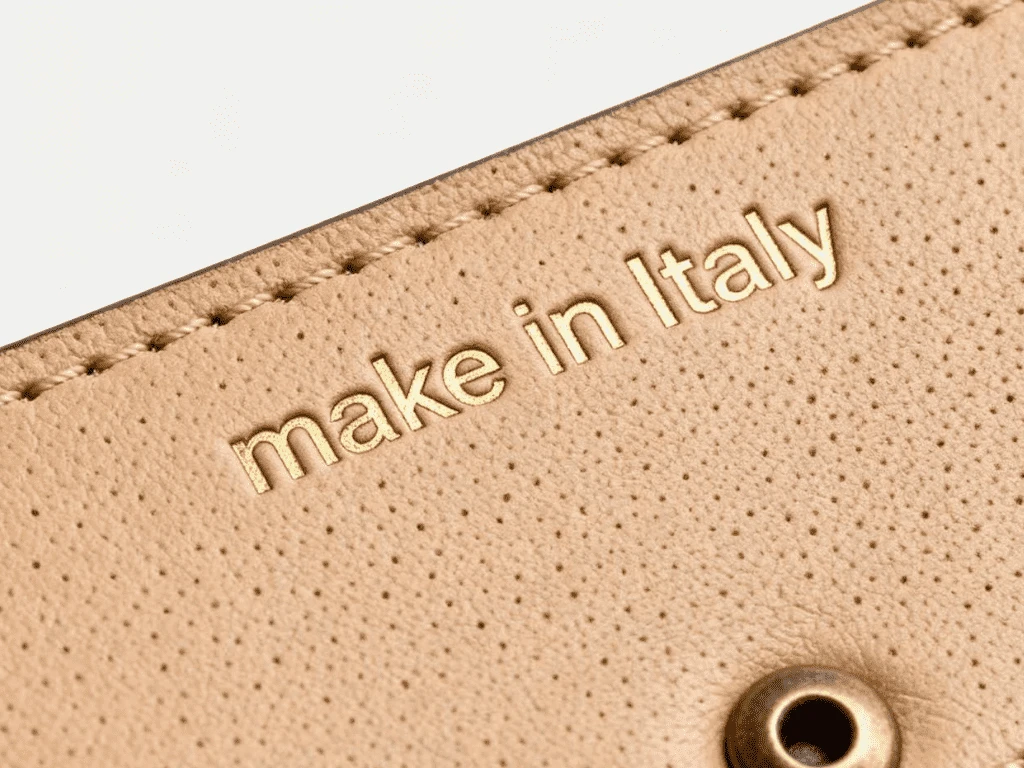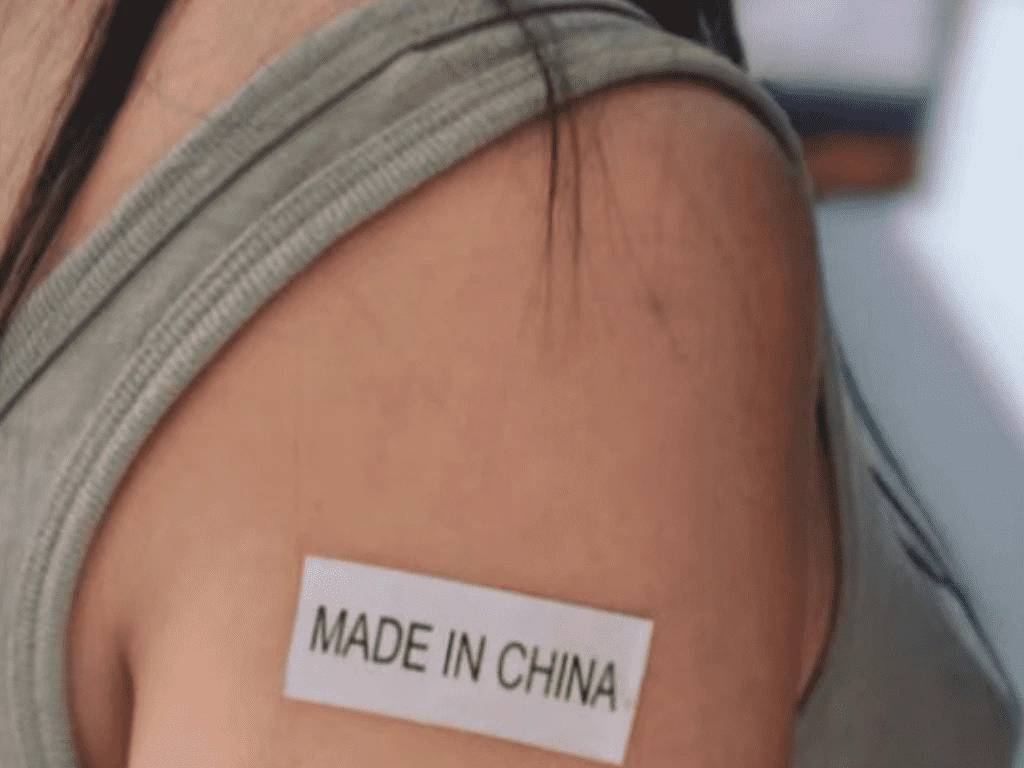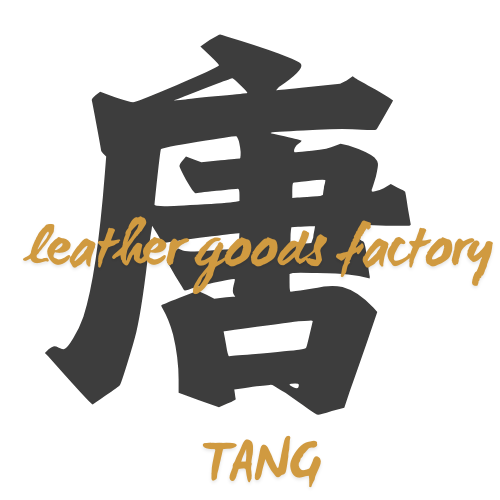Imagine this: You spend a lot of money on a luxury handbag you love. The label says “Made in Italy” clearly. You feel like you have the Italian craftsman’s spirit right away. But recently, a TikTok video went viral: An Italian guy on the “street” sews a “Made in Italy” label onto a half-finished handbag. Suddenly, it becomes “Made in Italy.” Then he reveals even his background is fake. This is to mock the so-called “Made in Italy.” The video has over 10 million views. The comments exploded. Some people are angry, some laugh hard, and others start checking their own handbag labels. This issue is making a big noise. Many people now doubt: Are we paying for the craft, or just for the “Italian dream” ticket?
The “Made in Italy” label has long been the top sign for luxury items. It stands for fine leather work, romantic Tuscany views, and that dreamy European heritage. Think about those big brand ads. They always show craftsmen with needles and thread, sewing carefully in sunny workshops. It makes you feel every stitch soaks in history. But in reality? Globalization makes the production chain very long. For many handbags, the “Italian trip” is just a short stop: Half-finished products come from Chinese factories, get simple assembly in Italy, then get the label slapped on, and sell for sky-high prices. Consumers are getting smarter. This trick can’t hide anymore. This article will talk about the truth. It will also say why Chinese work is not worse, and might even be more reliable. Let’s peel back this “Italian veil” step by step.
The Truth of “Made in Italy”: The Global Production Chain Behind the Label
First, let’s talk about what this label really means. Italy has strict rules: The product must finish the “last key step” in the country, like assembly or labeling, to use “Made in Italy.” It sounds tough, but it leaves a lot of room. The early steps like sampling, cutting, sewing, and edging can all go to cheaper factories. So, many handbags form on Chinese assembly lines, ship to Italy for “finishing,” and turn into “Italian goods.”
The data is clear: Reports show about 80% of global luxury handbags link to Chinese factories. For example, parts of the supply chains for big brands like Prada and Gucci are deep in factories in Guangdong or Zhejiang, China. Workers there cut the leather, sew it, and make it almost done. Then it air-ships to Italy, gets labeled and packed in a few hours, and it’s legally on shelves. Why do this? Simple: The cost gap is huge. In China, making a high-end bag might cost just a few hundred yuan. After going to Italy, the price can flip 10 times or more.
Of course, not all bags are like this. Some niche brands or limited editions are truly made from start to finish in Italy. But for everyday buyers, the chance of getting a “pure Italian” one is lower than winning the lottery. Think about those bags that cost tens of thousands. The labels shine bright, but the real story hides in quiet corners. This is not just about money. It’s a test of trust.


Brands’ “Smart” Tricks: Why They Love This Game
Why do brands do this? Simple: To make more money. In the luxury world, profit margins are scary high. Making costs are only 10%-20% of the price. The rest comes from brand stories and labels. Outsourcing to China means cheap labor and many factories. Brands save a ton and sell with “European high-end” markup. Netizens call this mode “Chitaly” – China-Italy mix. It means “Made in China, labeled in Italy.”
Look at some top real leather product players. Chinese factory videos show their bags get pre-made parts in China, then “fine-tuned” in Italy, and prices jump 3-5 times. A real leather bag might cost just 2000 yuan in a Chinese factory, but sells for over 10,000 in stores. Brands love using legal gaps: They don’t fully share the supply chain. They just say “final assembly in Italy.” Buyers see the label and think it’s worth it.


Consumers Are Waking Up: From Blind Trust to Questions
Remember that TikTok video? It didn’t just go viral. It sparked global talks. On Reddit and Instagram, posts fly everywhere: Some share “Chinese traces” on their bags, others complain “fooled by labels for 30 years.” Reports say 80% of viewers start doubting label truth after these videos. Young people feel it most. They care more about the real story behind, not just the shiny surface.
Surveys show Italy’s fake goods market is over 7 billion euros. But now, buyers don’t just watch for fakes. They watch for “half-true, half-fake” tricks too. The “Italy hunger” mindset – wanting everything labeled Italy – is shifting to smart thinking: Before buying, check brand reports. See if the supply chain is open. For example, TikTok trends include “ID tips”: Check if seams are even, leather texture is natural, serial numbers match the official site. A few simple steps avoid the traps.
Waking consumers are growing. They move from just paying to speaking out. Social media is the battleground. Brands must catch up fast, or the next viral video could be their downfall.
Key Point: Chinese Work Matches Italy, and Is Even More Efficient
Now, the article’s main focus: Chinese real leather handbag factories are not worse than Italy’s. In speed and supply chain, they even beat it by a lot. Don’t get me wrong. I’m not bashing Italy – their handcraft tradition is beautiful. But in the global age, efficiency and quality rule. You can see my earlier article for more:Why Do Global Leather Goods Brands Prefer Chinese Factories?
First, compare quality. Chinese real leather handbag factories use advanced machines. Leather handling is fine, and consistency is super high. Experts say Chinese immigrant bosses have opened factories in Italy. They blend China-Italy skills. So bags have Eastern speed and Western detail.
Next, talk about speed. Where is China’s supply chain strong? From design to shipping, it takes just weeks! Many factories, skilled workers, quick market response. Italy? It relies on handwork, easily hit by weather or holidays, delays common. China takes 80% of global luxury supply chains, with 30%+ efficiency boost. On cost, China is 30%-50% lower. This lets brands spend more on R&D.
| Aspect | China Made | Italy Made |
|---|---|---|
| Cost | Low (labor + scale) | High (handwork main) |
| Speed | Fast (weeks to ship) | Slow (easy delays) |
| Quality | High consistency, advanced tools | Hand-fine, but more variation |
China doesn’t just match. It pushes industry upgrades. Admitting this isn’t putting down Italy. It’s recognizing globalization: Good handbags have no borders.


Conclusion: Reshape Luxury Buying Views
Talking to here, “Made in Italy” is no longer a myth. It’s just a start. The truth is, labels hide global stories. Chinese factories are the behind-scenes heroes. Consumers are awake. Brands must be open. Chinese making proves: Quality has no borders.
Next time you buy a bag, don’t just eye the label. Ask about the story. Actually, as long as the bag meets your needs and you really like the design, whether it’s Made in Italy or not isn’t that important. Your next handbag – will it chase the Italian dream, or real value? The answer is in your hands. And as a factory making real leather bags, we have lots of experience in fine production. If your brand is still thinking about making in China, Italy, or elsewhere. I can tell you responsibly: If you pick other countries, the supply chain will be a big test. And cost is a key thing to think about. So hope we get a chance. We will give you satisfying results.



